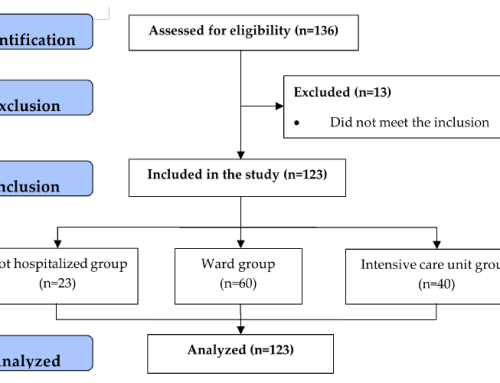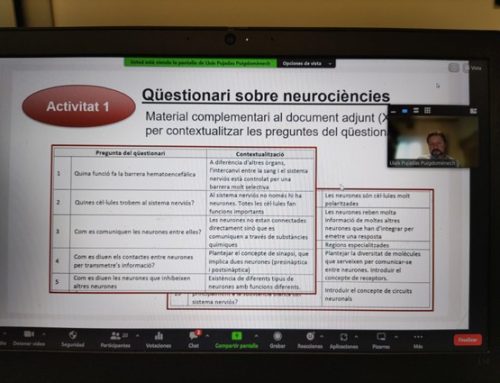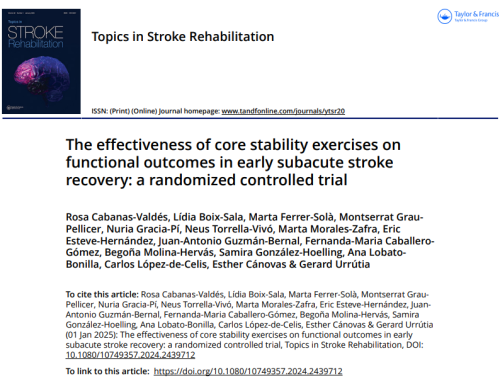ARTICLE. Barneto Soto M, Bajo Peñas L, Espaulella Panicot J, Dalmau Paniagua N, Altimiras Roset J. Rev Esp Ger Geron. 2010;45:196-198.
Abstract.
Objective: To evaluate the care outcomes of a psychogeriatric unit.
Material and Methods: A prospective study of 46 patients with dementia consecutively admitted to Psychogeriatric Unit between May and August 2008. The parameters analysed were: a) median Neuropsychiatric Inventory (NPI) on admission, after one week and at discharge, b) percentage of patients coming from home or discharged from the acute hospital, c) percentage of patients coming from the acute hospital with an average stay equal or less than 7 days, d) percentages of falls and physical restraints, and e) destination at discharge. Comparisons between variables were performed using t-test and chi-squared.
Results: There were a statistically significant difference between the median NPI on admittance (37.7) and after a week (13.7) (p<0.001). Half of the patients came from home and the other half from acute hospital, 73.9% of whom had had an average hospital stay equal or less than 7 days. Falls were reported in 19.6% of patients. Physical restraints were used in 43.5% of patients. On admission there was a low level of prescription of long half-life benzodiazepines (6.5%) and typical neuroleptics (2.2%), and 6.7% of patients had no prescription of psychotropic drugs. At discharge psychotropic drugs were not prescribed in 33% of patients. The institutionalisation rate was 43.5%.
Conclusions: Intermediate Psychogeriatric wards enable behavioural symptoms to be controlled (BPSD) and they probably optimize the use of acute hospitals.












Leave a Reply